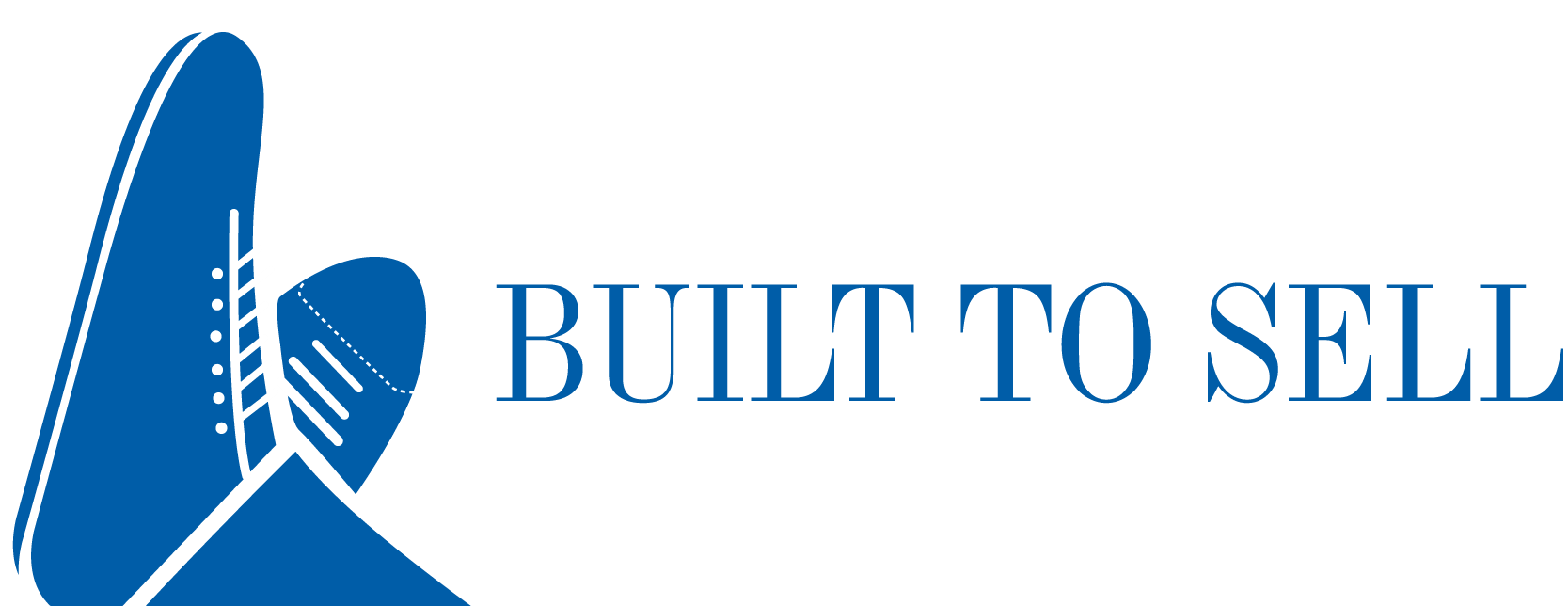About this episode
If you’ve ever noticed those ads inside a mobile game, you have Zain Jaffer to thank. He co-founded Vungle and helped popularize rewarded video ads—the ones that revive your character or hand you in-app currency after you watch.
In this Built to Sell Radio episode, Zain explains how he rode the smartphone wave to a $780M all-cash exit to Blackstone—and why he personally took home more than $100M. Then he gets candid about what came next.
You discover how to:
- Decode funding jargon that actually matters: convertible notes vs. SAFEs vs. venture debt warrants (and who benefits).
- Avoid the post-exit trap: the $13M real-estate partner scam and the $10M short he wishes he’d never placed.
- Protect relationships after a windfall: boundaries, not bravado—why flaunting wealth invites problems.
- Rethink “generational wealth”: why he’s steering most of his net worth to a foundation and leaving kids enough to do anything—not enough to do nothing.
Show Notes & Links
Learn more about Zain
Connect with Zain on LinkedIn
Definitions
Due-Diligence: This is a comprehensive appraisal of a business or investment undertaken before a merger, acquisition, or investment. It seeks to validate the information provided and uncover any potential risks or liabilities.
Earn-out: This is a financing arrangement for the purchase of a business, where the seller must meet certain performance goals before receiving the full purchase price. It reduces the buyer’s risk and aligns the interests of both parties post-acquisition.
Roll Over Investor: A rollover investor, in the context of selling a business, refers to an individual or entity that rolls some of their proceeds from the sale with the buyer. This strategy allows the seller to defer capital gains taxes and potentially leverage their expertise or resources in a new venture.
Debt Coverage Ratio: The debt coverage ratio is like a financial health check for a small business applying for a loan from a bank. It shows whether the business earns enough money to comfortably cover its debt payments.
In simpler terms, it’s a way for the bank to see if the business can afford to pay back the loan. If the ratio is high, it means the business is making enough profit to easily handle its debts. But if it’s low, it could indicate that the business might struggle to make loan payments, which could make the bank hesitant to lend them money.
Let’s say there’s a small bakery called “Sweet Delights” that wants to expand its operations by taking out a loan from a bank to buy new equipment. The bank wants to make sure Sweet Delights can afford to repay the loan, so they calculate the debt coverage ratio.
Sweet Delights’ annual net income (profit) is $50,000, and they have annual loan payments of $20,000 for existing debts.
The debt coverage ratio formula is:
Debt Coverage Ratio = Net Operating Income / Total Debt Service
In this case: Net Operating Income = $50,000 (annual profit) Total Debt Service = $20,000 (annual loan payments)
So, the debt coverage ratio would be:
Debt Coverage Ratio = $50,000 / $20,000 = 2.5
This means that for every dollar of debt Sweet Delights has, they’re making $2.50 in profit. In simple terms, the higher the ratio, the better, because it shows that Sweet Delights is making enough money to comfortably cover its debt payments. This would likely make the bank more confident in lending them the money for the new equipment.

About Our Guest
Zain Jaffer
Zain Jaffer is best known for co-founding Vungle, an early-stage mobile video-ad platform which scaled rapidly and was acquired by a private-equity firm in a deal reported to be approximately $780 million. He began building websites as a teenager, relocated to the U.S. to pursue his tech vision, and built Vungle into a leader in in-app advertising. Today, Zain leads Zain Ventures, investing in startups, real estate and alternative assets, and supports philanthropic initiatives through the Zain Jaffer Foundation.


